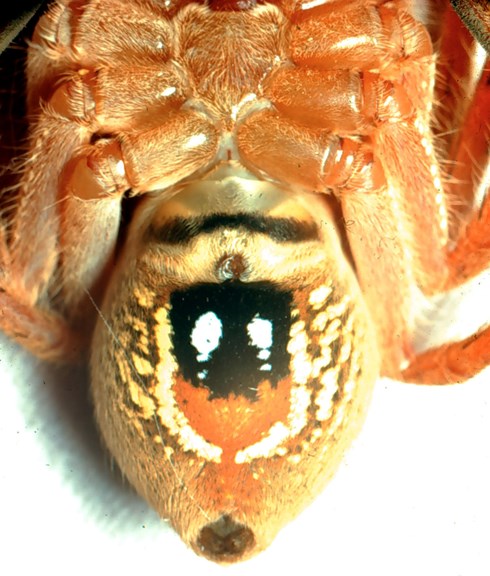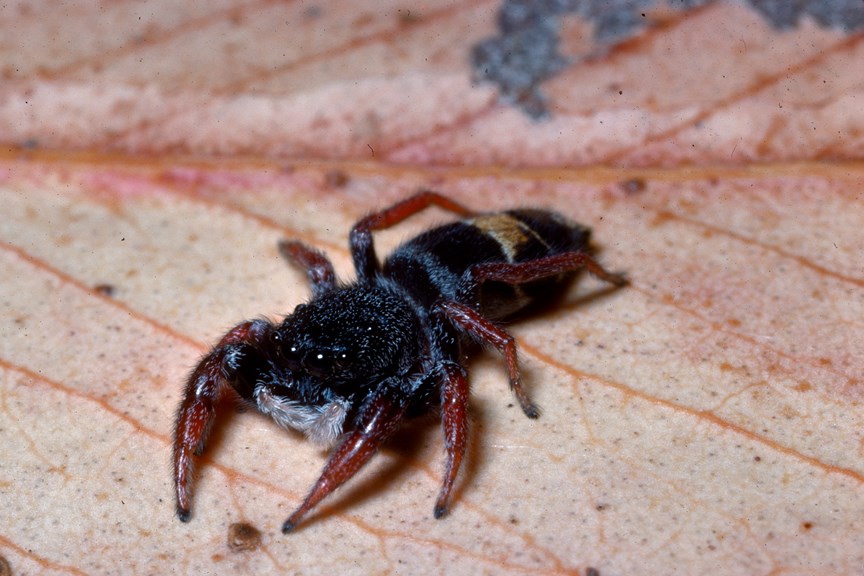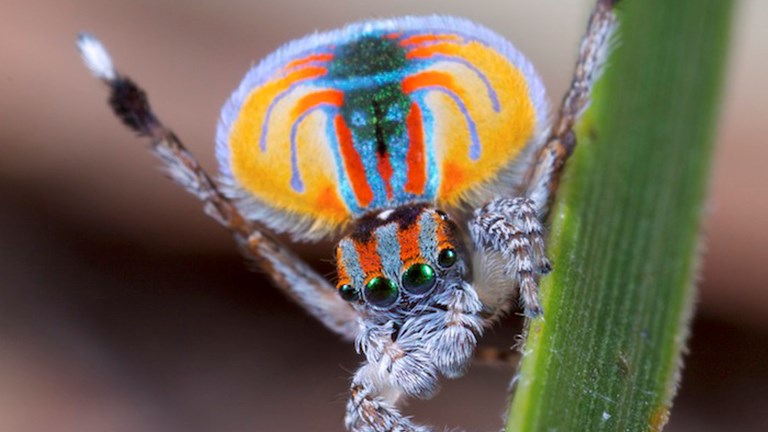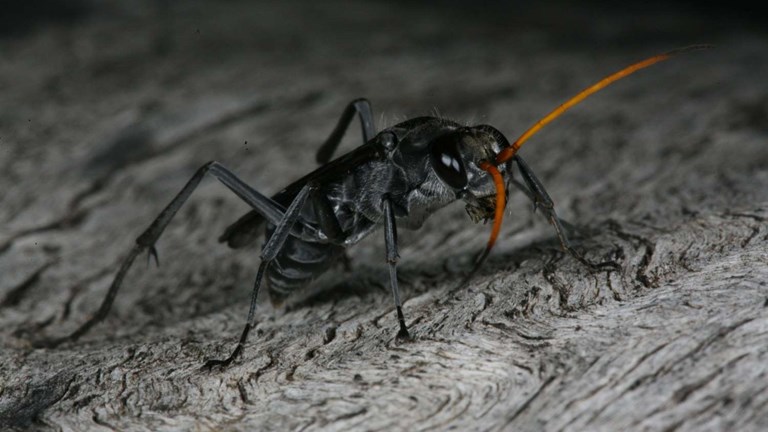Is my spider a boy or a girl?
At some times in a spider’s life it is easy to tell whether it is a male or a female, but at other times it can be impossible.
This is because the reproductive organs of a spider do not develop until the spider has reached maturity. Juvenile male and female spiders look almost exactly the same.
As a spider grows, it sheds its skin, or moults, several times. The reproductive organs do not develop and become visible until after the final moult. The most reliable character to use to distinguish male and female spiders is the position of the reproductive openings.
Female spiders
The female reproductive opening is located on the underside of the abdomen, near the front of the spider. It is called an epigynum and is often hardened and dark in colour.
Male spiders
The male reproductive system is a bit more complex. Unlike insects and other organisms, male spiders do have a penis. The testes are located on the underneath of the abdomen, and connect to the surface via a small tube. The male spins a small mat of silk and deposits a ‘packet’ of sperm from the testes onto the silk mat. He then syphons up this sperm packet into a reservoir, called an embolus, located in the last segment of his palps. This is why the palps of a mature male spider resemble tiny boxing gloves.
Reproduction
To fertilise the female spider, the male spider places his embolus into her epigynum, transferring the sperm packet, where it is stored in a pocket to be used by the female at a later date.
Further reading
- Brunnet, B. 1994. The Silken Web – A Natural History of Australian Spiders. Reed Books: Melbourne.
- Lindsey, T. 1998. Spiders of Australia. New Holland Publishers: Sydney.
- Walker, K. L., Yen, A. L. and Milledge, G. A. 2003. Spiders and Scorpions commonly found in Victoria. Royal Society of Victoria: Melbourne.
Resources
- Museums Victoria Collections, Victorian spiders species profiles
- Museums Victoria App: Field Guide to Victorian Fauna
- Atlas of Living Australia: Explore your area











